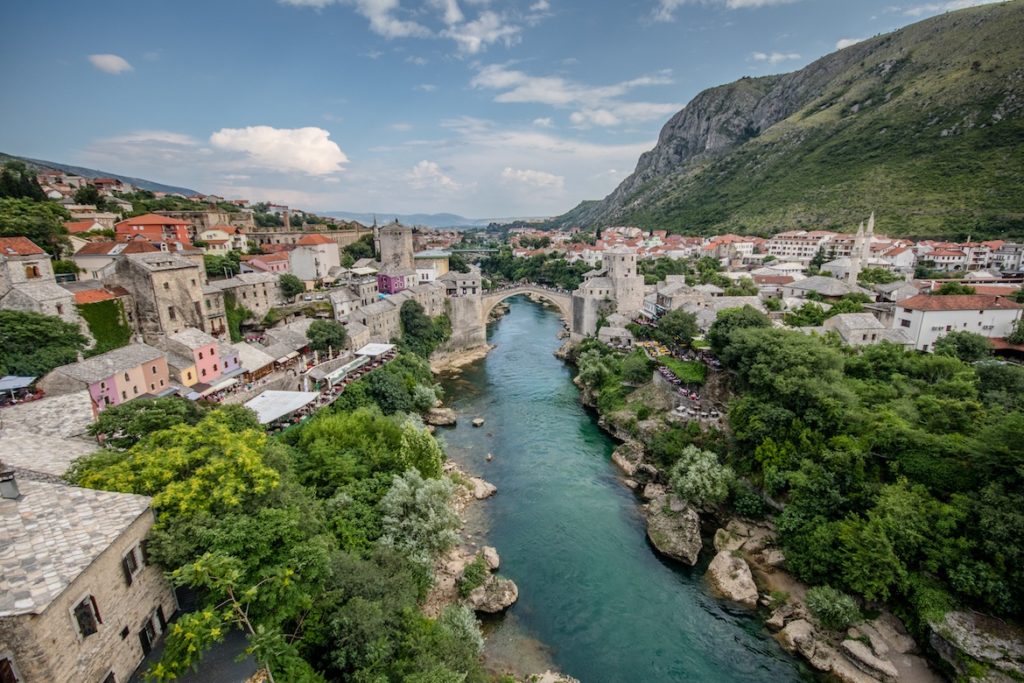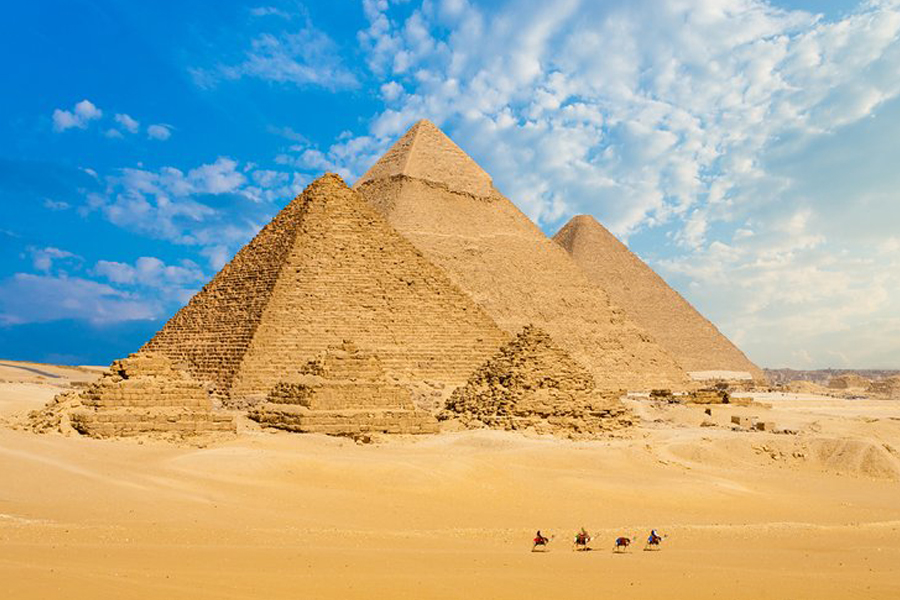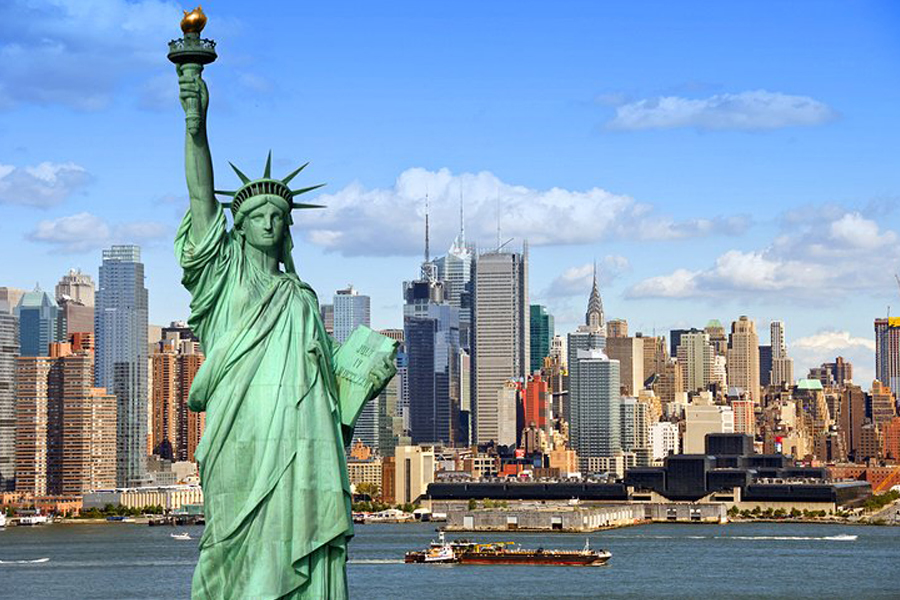Bosnia and Herzegovina or ‘Bosnia’ as it is formally known, is a triangle shaped province located in the Balkan Peninsula situated in South-eastern Europe. While the Bosnian region in the north is surrounded by mountain ranges amid thick forests, Herzegovina in the southern region is a landlocked, flat, farmland. The country also has a miniscule coastline of about 13 miles along the Adriatic Sea. The country finds itself in the midst of political turmoil every now and then.
Referred to as the Illyricum during the Neolithic age, the history of Bosnia can be traced back to as early as the 1st century B.C. The Romans had conquered and annexed it into the Roman province of Dalmatia, and it later became a part of the Balkan empire during the medieval period. The Ottomans then invaded and ruled the province from the 15th century until early 19th century. In 1941, Bosnia and Herzegovina were made part of Nazi controlled Croatia after the Germans invaded Yugoslavia. After the country’s independence from Yugoslavia in 1991, the Dayton accord was stipulated to design the political structure into two parts – Republika Srpska and Federation of Bosnia and Herzegovina.
The official languages of Bosnia and Herzegovina are Bosnian, Serbian and Croatian, thanks to the majority Bosnian, Serbian and Croatian ethnic groups thriving here for centuries. The majority of people are Muslims and Orthodox Christians while Roman Catholics form a minor 15% of the population. Thanks to its moderate, continental climate, Bosnia has hot summers and cold, snowy winters.
Bosnia and Herzegovina constitute a wide range of cities, towns and quaint villages including Sarajevo, Jajce, Banja Luka, Bihac, and Zenica which are full of scenic natural landscape and prominent historic and ancient memorials. Bosnia is visited for its popular ski resorts and national parks set amidst dense forests. A paradise on earth, Bosnia and Herzegovina is a delight with itsstunning natural splendourandmonuments and architecture of historic significance.




